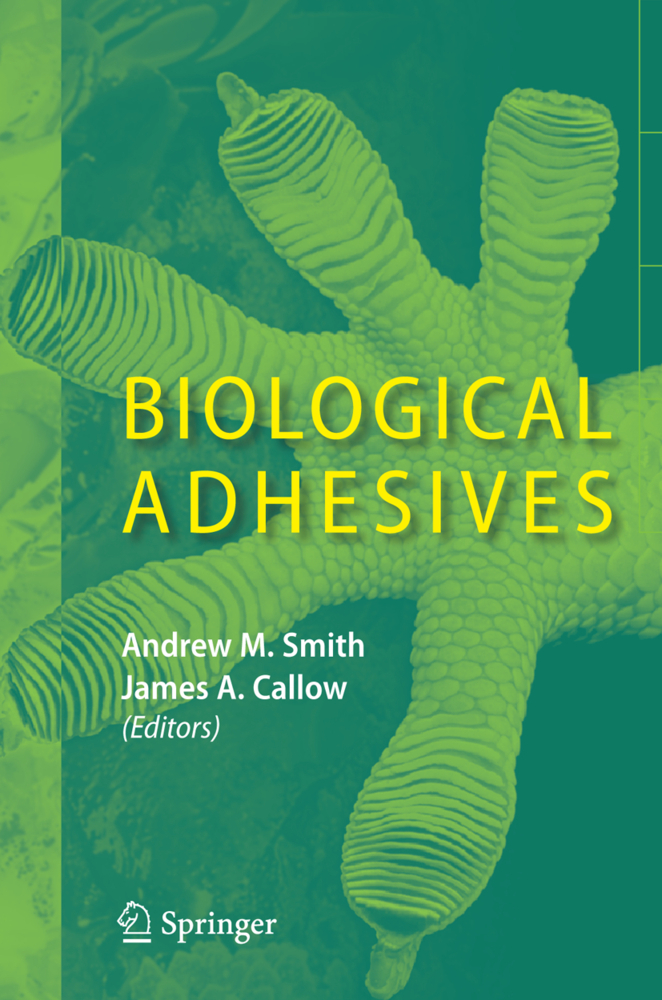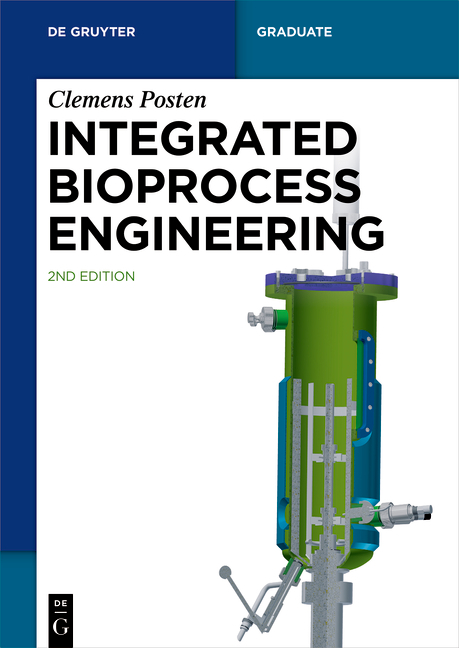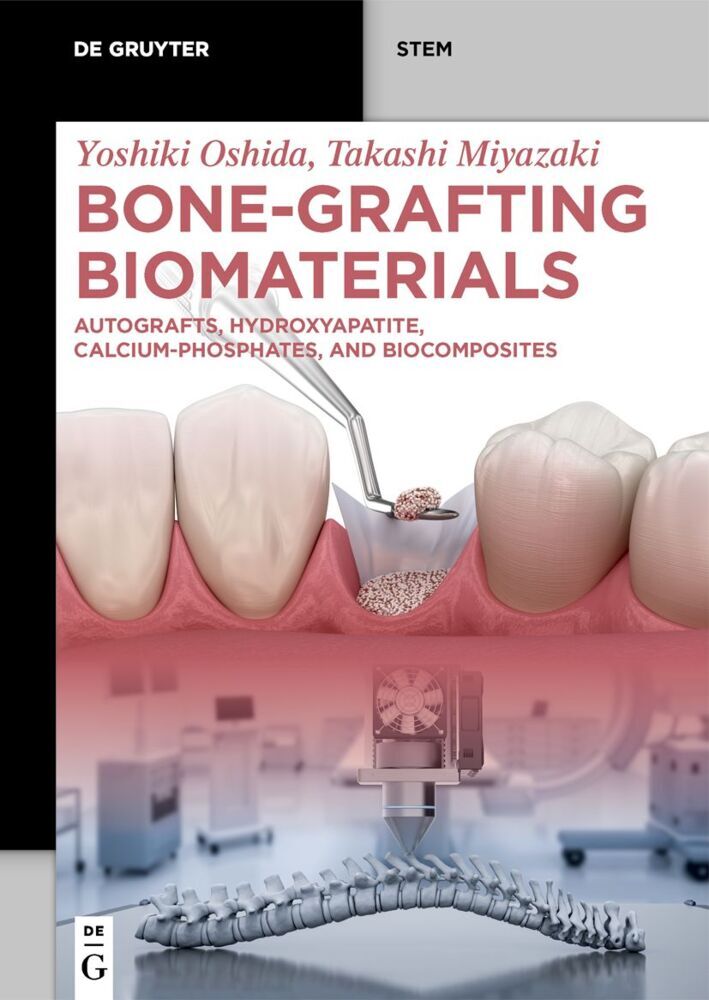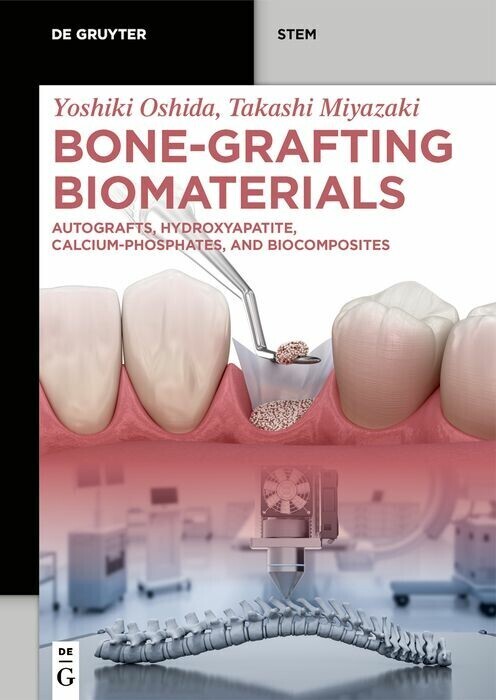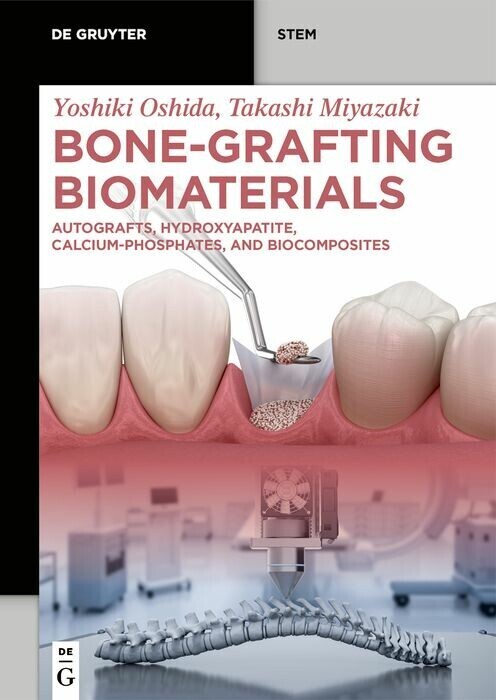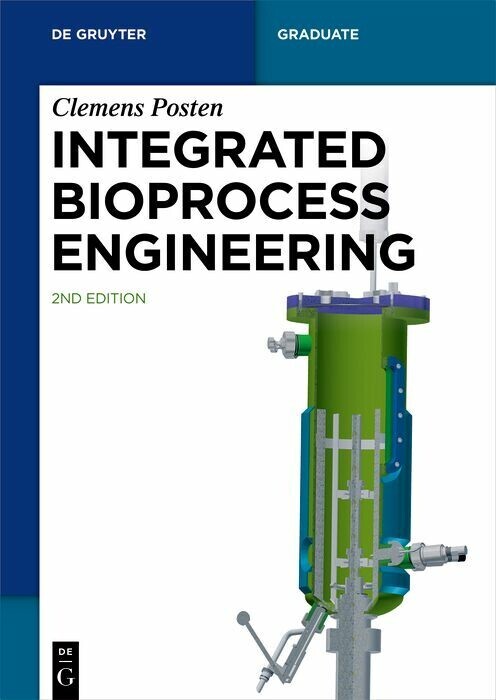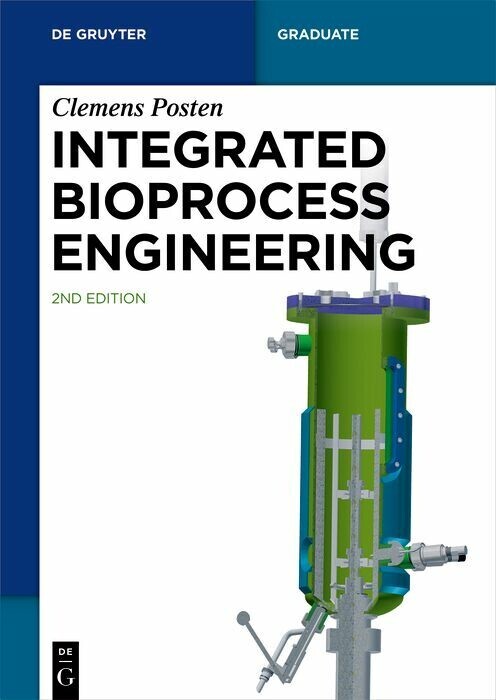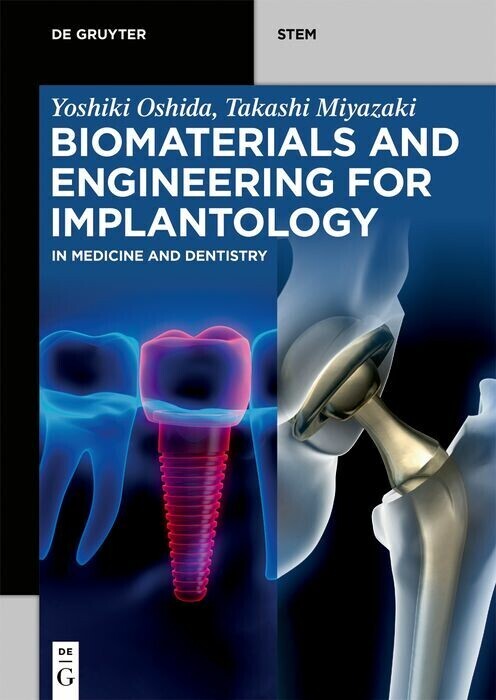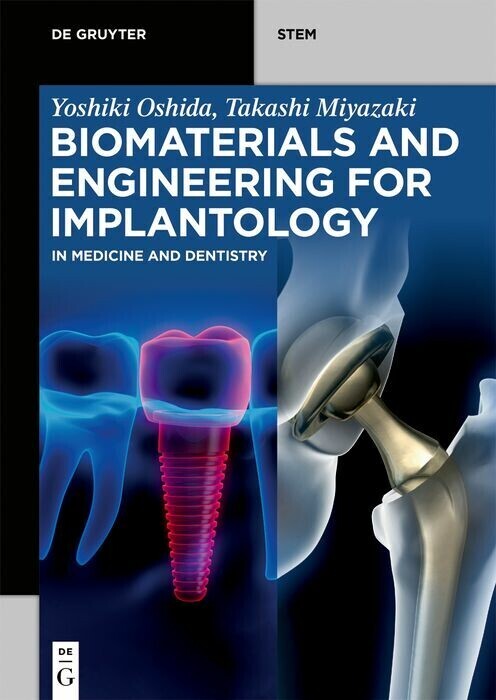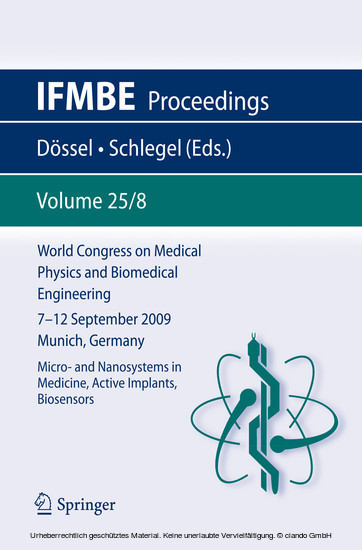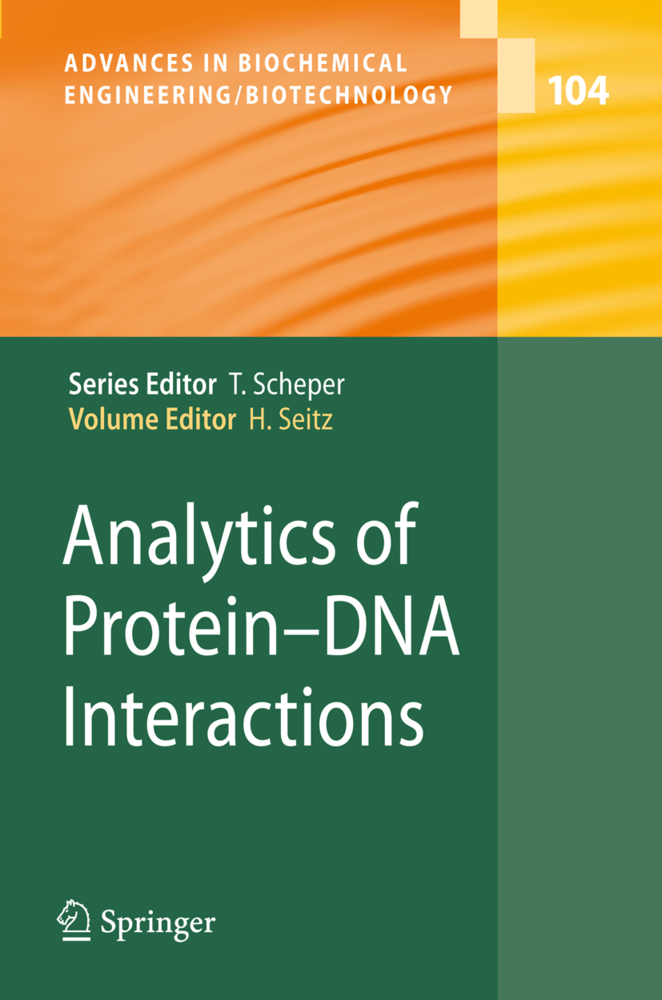Many plants, animals, and microbes use adhesive polymers and structures to attach to inert substrates, to each other, or to other organisms. This is the first major review that brings together research on many of the well-known biological adhesives. Emphasizing the diversity of biological adhesives and associated adhesion processes, it deals with bacteria, fungi, algae, and marine and terrestrial animals. It bridges a variety of disciplines including biochemistry, molecular biology, biomechanics, bioengineering, microbiology, organism structure and function, and ultrastructure. As we learn more about the molecular and mechanical properties of these adhesives, we begin to understand why they adhere so well and how they develop cohesive strength. With this understanding comes the prospect of developing synthetic or semi-synthetic adhesives with broad applications in areas such as medicine, dentistry, and biotechnology. The book is suitable for both industrial and academic researchers.
Mechanical Properties of Bacterial Exopolymeric Adhesives and their Commercial Development
The Molecular Genetics of Bioadhesion and Biofilm FormationAdhesion and Adhesives of Fungi and Oomycetes
The Ulva Spore Adhesive System
Diatom Adhesives: Molecular and Mechanical Properties
Phenolic-based Adhesives of Marine Brown Algae
Chemical Subtleties of Mussel and Polychaete Holdfasts
Barnacle Underwater Attachment
The Biochemistry and Mechanics of Gastropod Adhesive Gels
Adhesive Secretions in Echinoderms: An Overview
An Adhesive Secreted by Australian Frogs of the Genus Notaden
Properties, Principles, and Parameters of the Gecko Adhesive System
Biomimetic Adhesive Polymers Based on Mussel Adhesive Proteins.
Smith, Andrew M.
Callow, James A.
| ISBN | 978-3-540-31048-8 |
|---|---|
| Artikelnummer | 9783540310488 |
| Medientyp | Buch |
| Copyrightjahr | 2006 |
| Verlag | Springer, Berlin |
| Umfang | XVIII, 284 Seiten |
| Abbildungen | XVIII, 284 p. 61 illus., 3 illus. in color. |
| Sprache | Englisch |

